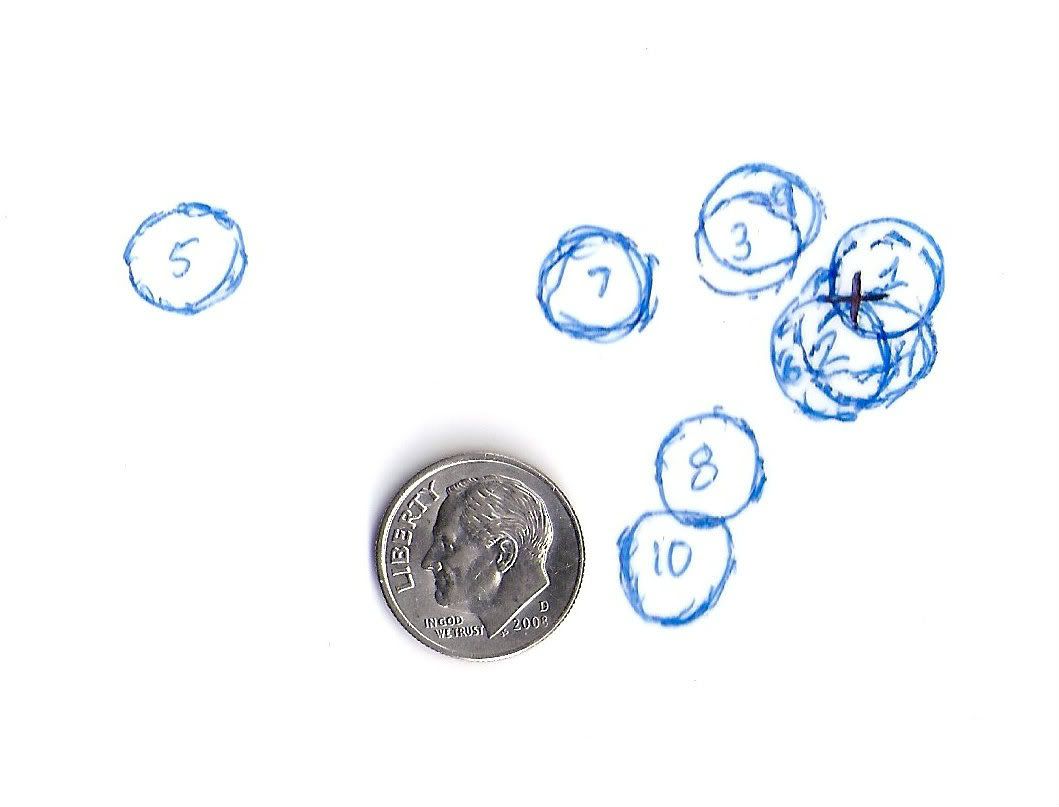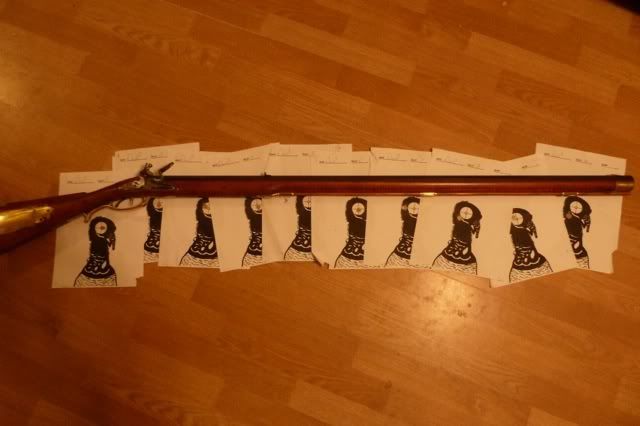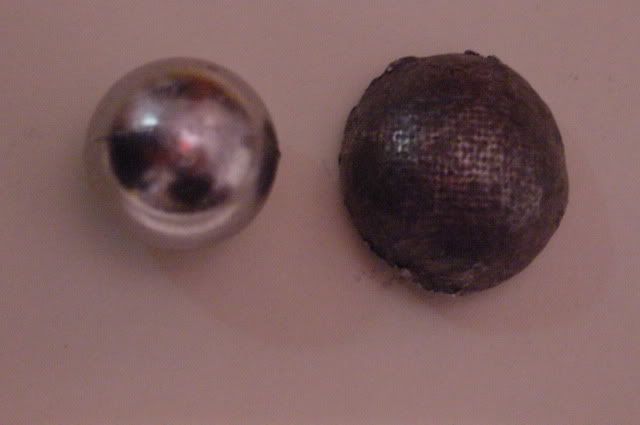Obturation is the complete sealing of the bore to prevent gas from escaping past the projectile. The patch accomplishes this if properly sized to the RB and the bore. The small amount of RB compression and the resulting small amount of dia. increase is not obturation.
If the patch is too thin, the gas leakage will be in the grooves of the rifling....the RB and patch are squeezed much more tightly between the lands, so leakage is unlikely to occur there.
As an example...if the bore {land dia.} is .540 and the grooves are .015 deep, the groove dia. is .570. If a .530 dia. RB is used w/ an .018 thick patch, obturation will not occur because this combo only adds up to .566 and is .002 short per side of filling the groove and therefore no obturation takes place. A .020 thick patch would just fill the groove, but obturation might also not occur. .022 and .025 patch thicknesses definitely do overfill the groove and therefore obturation would occur. In my .54., .535 dia. RBs and a patch thickness of .022 is prefered.{.579 total}
Lately have been using round bottom rifling and think there's an advantage in obturating the bore VS flat bottom rifling. The rounded groove requires a smaller volume of patch mat'l to fill it and w/ the proper patch thickness, obturation would be erasier to achieve. Also the corners of flat bottom rifling would be harder for the patch to fill.
These are my thoughts on this subject and would be interested to hear other opinions....Fred
If the patch is too thin, the gas leakage will be in the grooves of the rifling....the RB and patch are squeezed much more tightly between the lands, so leakage is unlikely to occur there.
As an example...if the bore {land dia.} is .540 and the grooves are .015 deep, the groove dia. is .570. If a .530 dia. RB is used w/ an .018 thick patch, obturation will not occur because this combo only adds up to .566 and is .002 short per side of filling the groove and therefore no obturation takes place. A .020 thick patch would just fill the groove, but obturation might also not occur. .022 and .025 patch thicknesses definitely do overfill the groove and therefore obturation would occur. In my .54., .535 dia. RBs and a patch thickness of .022 is prefered.{.579 total}
Lately have been using round bottom rifling and think there's an advantage in obturating the bore VS flat bottom rifling. The rounded groove requires a smaller volume of patch mat'l to fill it and w/ the proper patch thickness, obturation would be erasier to achieve. Also the corners of flat bottom rifling would be harder for the patch to fill.
These are my thoughts on this subject and would be interested to hear other opinions....Fred









